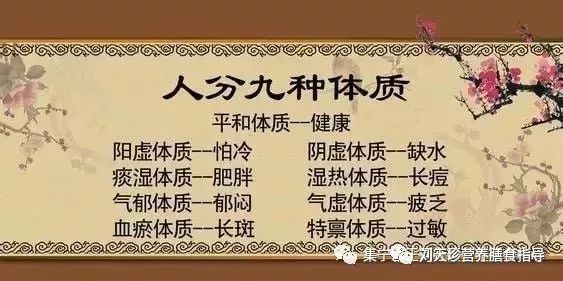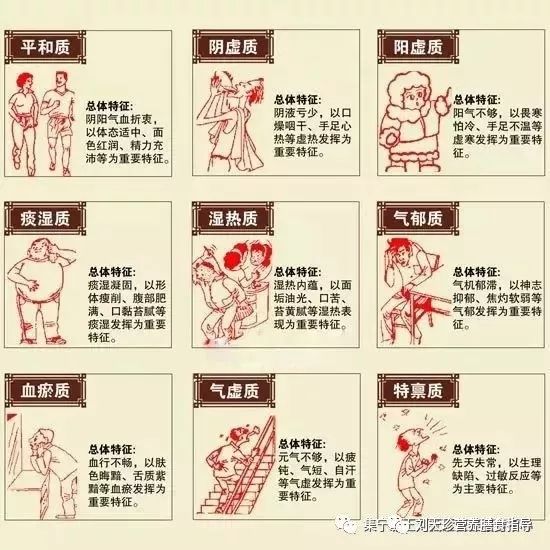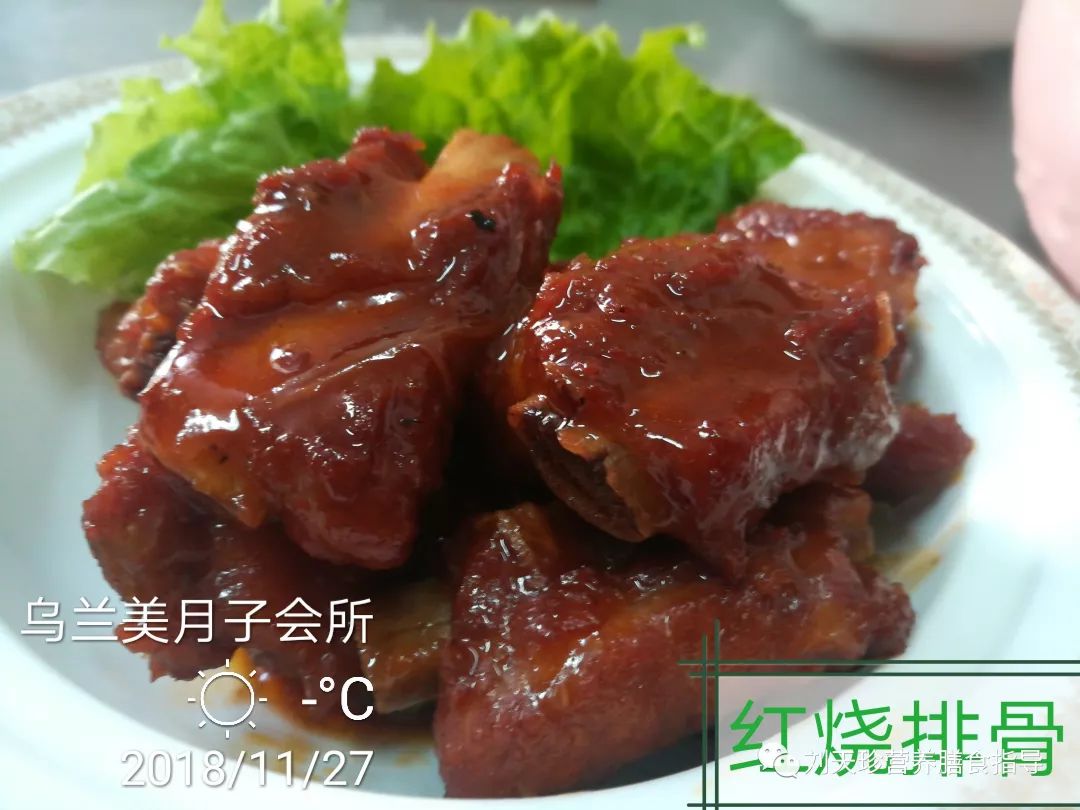
Just like with colds, some people recover in a day while others take a week. The same food can be harmless to some but cause allergies in others. The same medication may work for one person but not for another. Among postpartum women, some recover quickly while others take longer, even when consuming the same diet. This variability is due to the differences in individual body constitutions. Traditional Chinese Medicine (TCM) emphasizes dialectical reasoning; each person’s constitution is unique and requires tailored approaches for health maintenance. Therefore, to achieve health and wellness, one must first understand their body constitution. Postpartum care should also be adjusted according to constitution, as different constitutions require different dietary adjustments. Currently, there are nine main body constitutions among the Chinese people: 1. Pinghe (平和) Constitution 2. Qi Xu (气虚) Constitution 3. Yang Xu (阳虚) Constitution 4. Yin Xu (阴虚) Constitution 5. Tan Shi (痰湿) Constitution 6. Shi Re (湿热) Constitution 7. Xue Yu (血淤) Constitution 8. Qi Yu (气郁) Constitution 9. Te Bing (特禀) Constitution (Allergic Constitution)
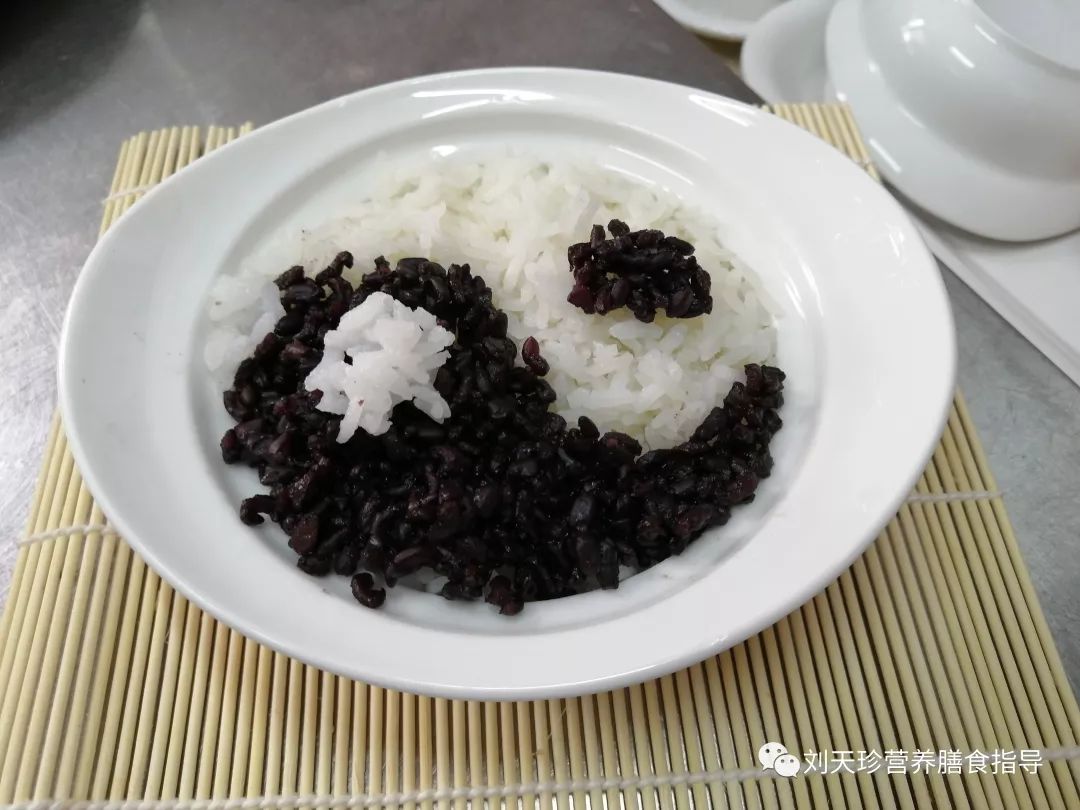
(1) Pinghe Constitution
Characteristics: Moderate body shape, well-proportioned and robust physique, rosy complexion, abundant energy, strong organ function, and low susceptibility to illness. Psychological traits: Easy-going and cheerful personality, strong adaptability to the external environment. Self-assessment: Moist skin, thick and shiny hair, bright eyes, clear nasal color, good sense of smell, rosy lips, low fatigue, abundant energy, tolerance to cold and heat, and good sleep. Maintenance methods: Maintain balance, avoid excessive supplementation that disrupts equilibrium. Dietary methods: Red dates, ginger tea. The Pinghe constitution is robust, with a rosy complexion and good spirit. Pulse is harmonious, tongue is pale red, and sleep and appetite are normal. Easy-going and cheerful, they rarely fall ill and adapt well socially. Avoid greasy and spicy foods; share more grains, fruits, and vegetables.(2) Qi Xu Constitution
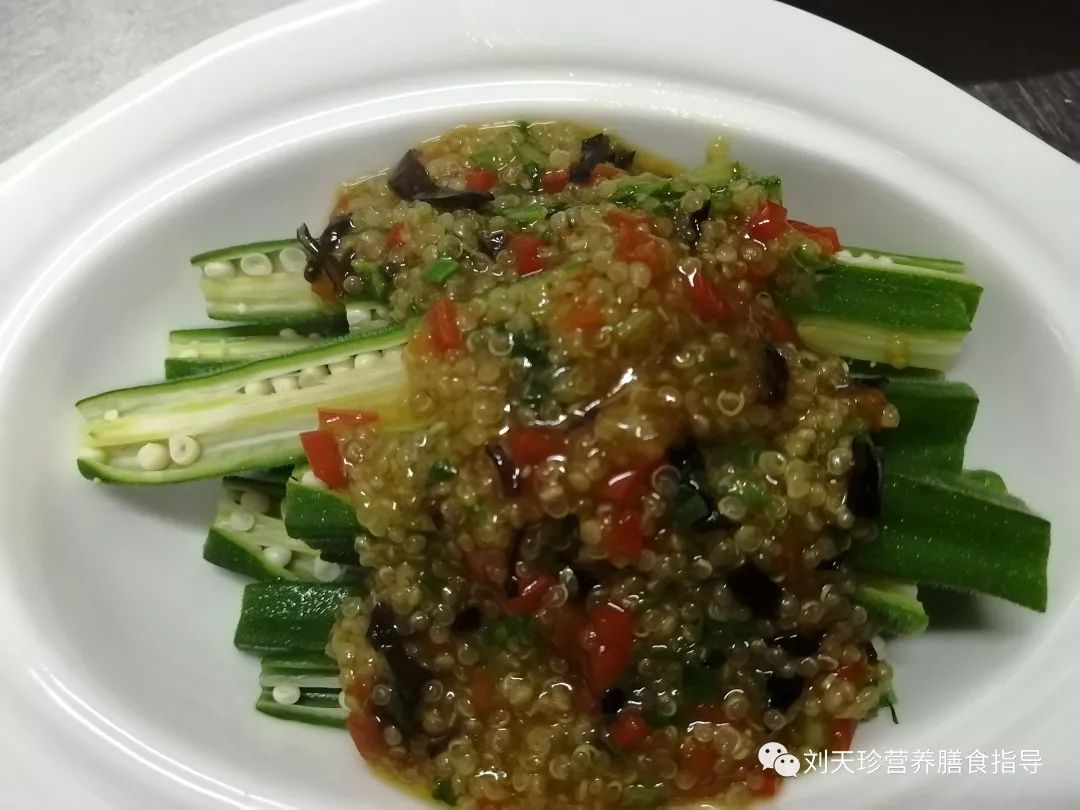
Characteristics: When the organ functions are disordered and the generation of Qi is insufficient, Qi Xu manifests as low voice, thin or overweight body, pale complexion, shortness of breath, lack of energy, fatigue, spontaneous sweating, and worse with exertion. Tongue is pale red with tooth marks, white coating, and weak pulse. Symptoms vary based on different organ Qi deficiencies. Susceptibility: Prone to colds, Qi Xu dizziness, organ prolapse, weak resistance, postpartum weakness in women, and slow recovery after illness. Psychological traits: Introverted personality, risk-averse. Key populations: Postpartum women, students, and those engaged in prolonged physical labor. Dietary recommendations: Consume foods that benefit the spleen, such as soybeans, white lentils, mushrooms, red dates, longan, honey, and sweet potatoes. Engage in gentle exercises like walking or Tai Chi, avoiding heavy exertion. Foods to avoid: Limit foods that deplete Qi, such as betel nut, water spinach, raw radish, and greasy, undigestible, cold, or bitter foods. Qi Xu individuals exhibit weak pulse, shortness of breath, and spontaneous sweating. Tongue is enlarged and pale red, with low energy and reluctance to speak. Symptoms of organ prolapse and fatigue are common. The primary treatment is to tonify Qi and strengthen the spleen, avoiding further Qi depletion.
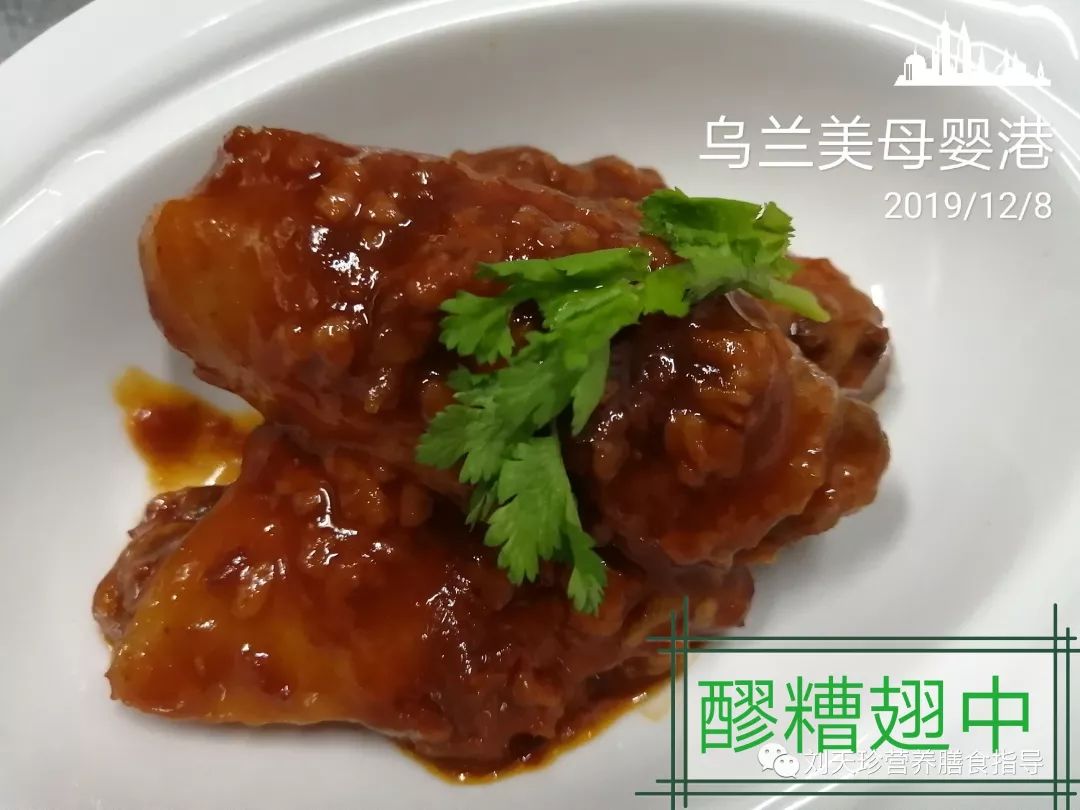
(3) Yang Xu Constitution
Self-assessment: Insufficient Yang Qi, characterized by cold intolerance, cold hands and feet, and overall cold sensitivity. Maintenance methods: Consume sweet, warm, Qi-tonifying foods, and avoid cold foods like cucumbers, lotus root, pears, and watermelons. Self-massage on acupoints like Qihai (气海), Zusanli (足三里), and Yongquan (涌泉) is beneficial, as is moxibustion on Zusanli and Guanyuan (关元). Psychological traits: Generally calm and introverted. Key populations: More common in women than men, those with a long-standing preference for cold foods, and individuals who tolerate summer but not winter. Susceptibility: Prone to wind-cold dampness, edema, diarrhea, etc. Dietary recommendations: Consume sweet, warm, Qi-tonifying foods like scallions, ginger, garlic, Sichuan pepper, eel, and chili. Avoid cold foods like cucumbers, lotus root, pears, and watermelons. Yang Xu individuals often have cold hands and feet, prefer hot drinks, and have loose stools. Tongue is pale and swollen, pulse is deep and slow, and they are sensitive to cold. Susceptibility to phlegm, gynecological issues, joint pain, and obesity. Recommended foods include sweet, warm beef and lamb, while avoiding raw and cold foods.
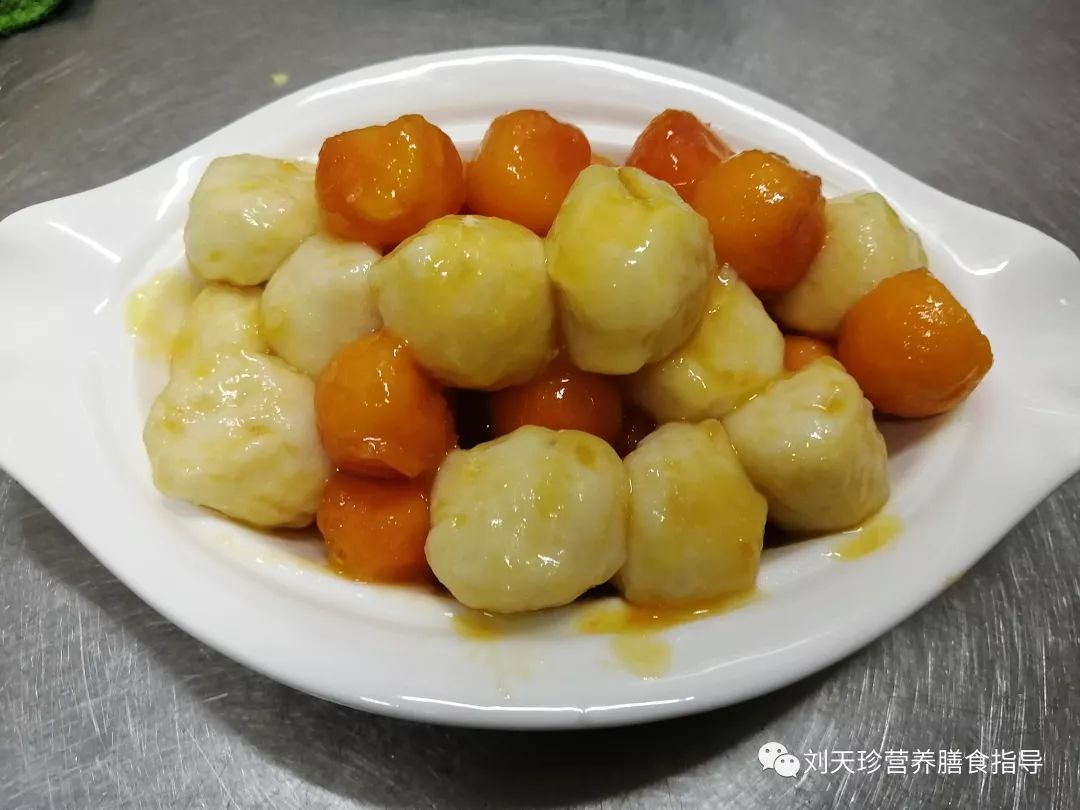
(4) Yin Xu Constitution
Self-assessment: Warm hands and feet, dry mouth and throat, dry skin, and a preference for cold drinks. Physical characteristics: Generally slim, not overweight. Psychological traits: Impulsive, extroverted, and active. Key populations: More common in areas with strong winds, dryness, and high UV radiation. Susceptibility: Prone to cough, dry syndrome, hyperthyroidism, etc. Maintenance methods: Consume sweet, cooling, and moistening foods, maintain a midday rest, avoid staying up late, and control sweating during exercise. Dietary recommendations: Eat light, easily digestible foods that nourish kidney Yin, such as mung beans, winter melon, sesame, and lily. Animal sources include soft-shelled turtle and lamb. Foods to avoid: Alcohol, fatty, dry, spicy foods, and minimize late nights, intense exercise, and working in high heat. Yin Xu individuals experience heat flashes, dry mouth, and a flushed complexion. Tongue is dry with little moisture, pulse is thin and rapid, and they often feel fatigued. Recommended foods are sweet, cooling, and moistening, avoiding spicy, warming, and drying foods.
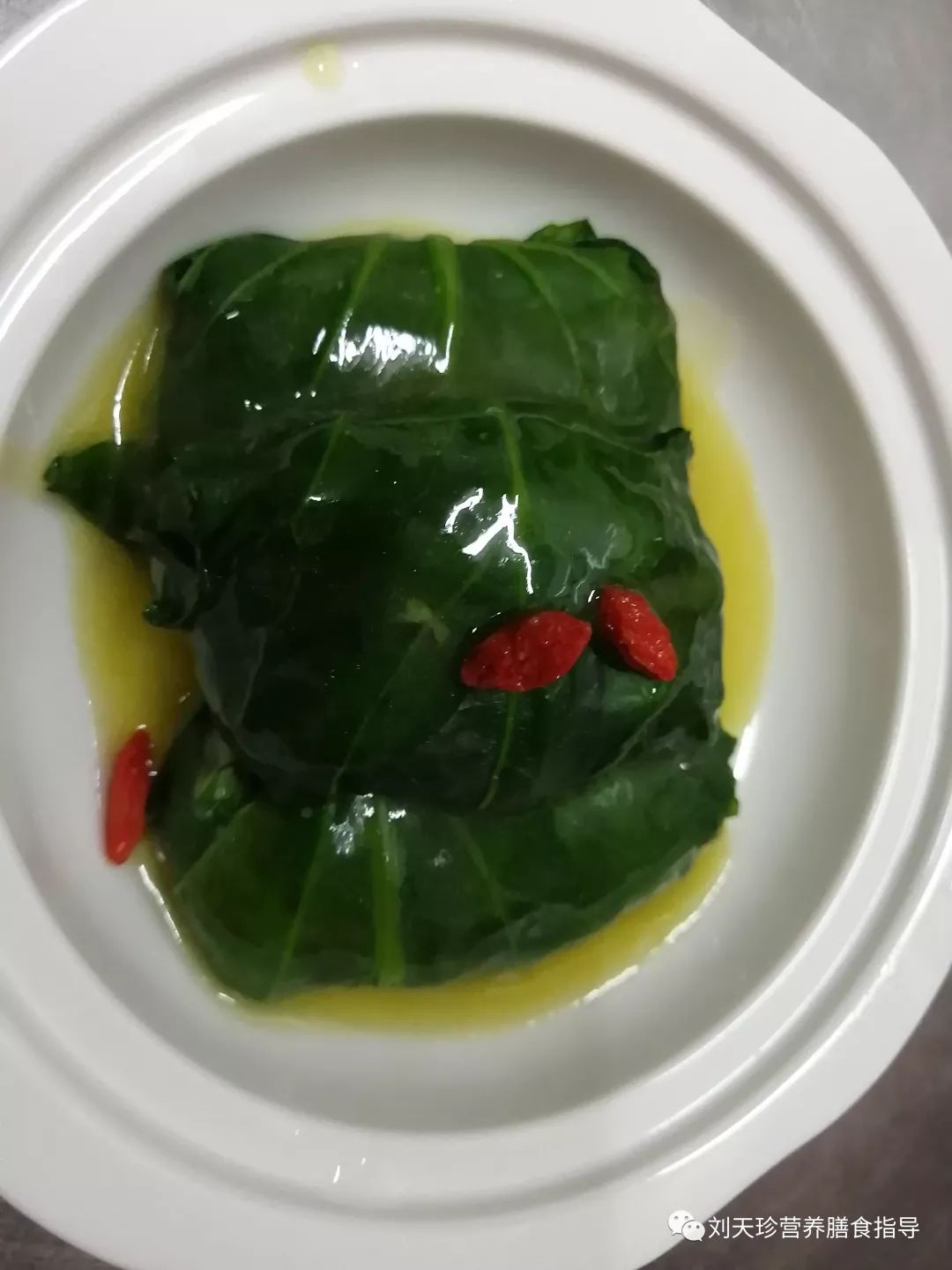
(5) Tan Shi Constitution
Self-assessment: Overweight, abdominal fullness, chest tightness with phlegm, easy fatigue, and a heavy feeling in the body. Preference for rich, sweet foods. Tongue is enlarged with a white greasy coating. Psychological traits: Generally mild-mannered and stable, often patient. Key populations: Older adults who enjoy sweet and rich foods, more common in men. Susceptibility: Prone to coronary heart disease, hypertension, hyperlipidemia, diabetes, etc. Maintenance methods: Eat light foods, increase consumption of scallions, garlic, seaweed, winter melon, radishes, and kumquats, while reducing fatty, sweet, sticky, and greasy foods. Consider using phlegm-resolving and dampness-dispelling formulas. Dietary recommendations: Wear breathable clothing, get sunlight exposure, and maintain a light diet with more seaweed, winter melon, radish, and kumquat. Foods to avoid: Limit fatty and sweet foods, maintain an optimistic and cheerful mood. Tan Shi individuals exhibit phlegm accumulation, abdominal fullness, and a greasy tongue. Excessive oiliness leads to sticky sweat, chest tightness, and phlegm. Susceptibility to heart and brain diseases, diabetes, stroke, and chest obstruction. Recommended diet is low-fat, low-salt, and low-sugar, with an emphasis on fruits and vegetables.
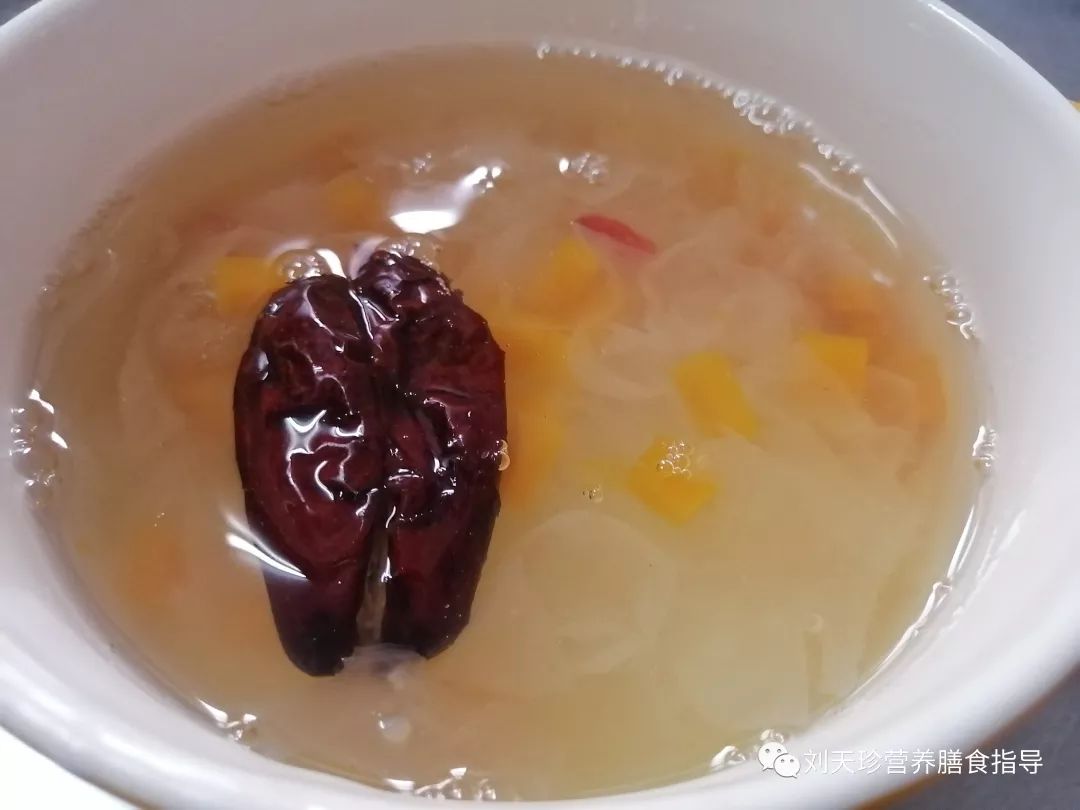
(6) Shi Re Constitution
“Wet” refers to internal and external dampness. “External dampness” is caused by rain or living in humid conditions, while “internal dampness” is a pathological product often related to digestive function. The spleen is responsible for the transformation and transportation of water; if the body is weak, has poor digestion, or overeats greasy foods, along with sweet foods, the spleen cannot function properly, leading to internal dampness. A weak spleen is also susceptible to external dampness, which can block the spleen and stomach, causing dampness to form internally. “Heat” is a hot phenomenon, and in damp-heat, heat exists simultaneously with dampness, either due to hot and humid weather in summer and autumn, or due to prolonged dampness transforming into heat, or due to “Yang heat constitution” causing dampness to transform into heat. Self-assessment: Oily face, prone to acne, bitter mouth, heavy body, fatigue, constipation, and dark yellow urine. Physical characteristics: Medium build or slightly thin. Psychological traits: Prone to irritability. Key populations: Those who enjoy fried, barbecued foods, or are fond of alcohol. Maintenance methods: Eat light foods, avoid excessive eye strain and fatigue, and engage in moderate exercise like long-distance running, swimming, hiking, and ball sports. Dietary recommendations: Eat light, sweet, and cooling foods such as mung beans, celery, cucumbers, winter melon, lotus root, and watermelon. Engage in running and ball sports. Foods to avoid: Spicy, hot, and overly rich foods, and avoid excessive intake of acidic foods. Shi Re individuals exhibit oily skin, bad breath, and itchy skin. Tongue is red with yellow coating, pulse is slippery and rapid, and they may experience yellow urine and sticky stools. Susceptibility to heat-related illnesses, jaundice, and skin issues. Recommended diet is light, sweet, and cooling, avoiding spicy and warming foods.

(7) Xue Yu Constitution
Xue Yu constitution is characterized by slow and obstructed blood flow, often due to long-term emotional suppression, living in cold regions, or organ dysfunction. It can occur in both thin and overweight individuals. Self-assessment: Hair loss, dull complexion, dark purple lips, pigmentation, facial bruising, purple or bruised tongue, dark circles under the eyes, easy bleeding gums, weak pulse, and early appearance of age spots. Common complaints include pain in certain body parts, such as dysmenorrhea in women and bruising in men, often exacerbated by inactivity, especially at night. Physical characteristics: Can be either thin or overweight. Psychological traits: Prone to anxiety and forgetfulness. Key populations: More common among workers and women. Susceptibility: Prone to bleeding, stroke, coronary heart disease, etc. Maintenance methods: Consume foods that invigorate blood circulation, such as black beans, seaweed, carrots, hawthorn, and vinegar, which have blood-activating, mass-dissolving, Qi-moving, liver-soothing, and depression-relieving properties. Ensure good ventilation and warmth at home. Foods to avoid: High-salt and high-fat foods that increase blood viscosity, and avoid excessive tension, fatigue, and anger. Xue Yu individuals exhibit dull skin, chest tightness, and facial brown spots. Pulse is thin and rough, tongue shows purple spots. Susceptibility to pain syndromes and blood disorders, as well as cardiovascular diseases. Recommended treatments include blood-activating and Qi-moving therapies, with a focus on a light diet.

(8) Qi Yu Constitution
Qi Yu constitution arises from long-term emotional distress, leading to stagnation of Qi and resulting in an introverted, unstable personality, characterized by melancholy, fragility, sensitivity, and suspicion. More common in young adults, especially women, this constitution is often associated with emotional and dietary disturbances, leading to Qi stagnation, such as depression, insomnia, globus hystericus, and anxiety disorders. Modern studies suggest this constitution may be linked to tumor development. Maintenance methods: Focus on emotional regulation and Qi movement. Self-assessment: Introverted, unstable personality, sensitive and suspicious, with poor adaptability to mental stimuli. Key populations: More common in young people, especially women. Dietary recommendations: Consume foods that promote Qi movement and relieve stagnation, such as wheat, lotus seeds, seaweed, and bananas. Engage in emotional adjustment, participate in group activities, and communicate more with friends. Foods to avoid: Difficult-to-digest foods, and avoid stimulating beverages like tea and coffee before bed. Qi Yu individuals exhibit Qi stagnation, emotional fragility, breast tenderness, irritability, and chest tightness. Tongue is red with white coating, pulse is wiry, and they are prone to emotional and digestive issues. Recommended treatments include Qi-moving and depression-relieving therapies.
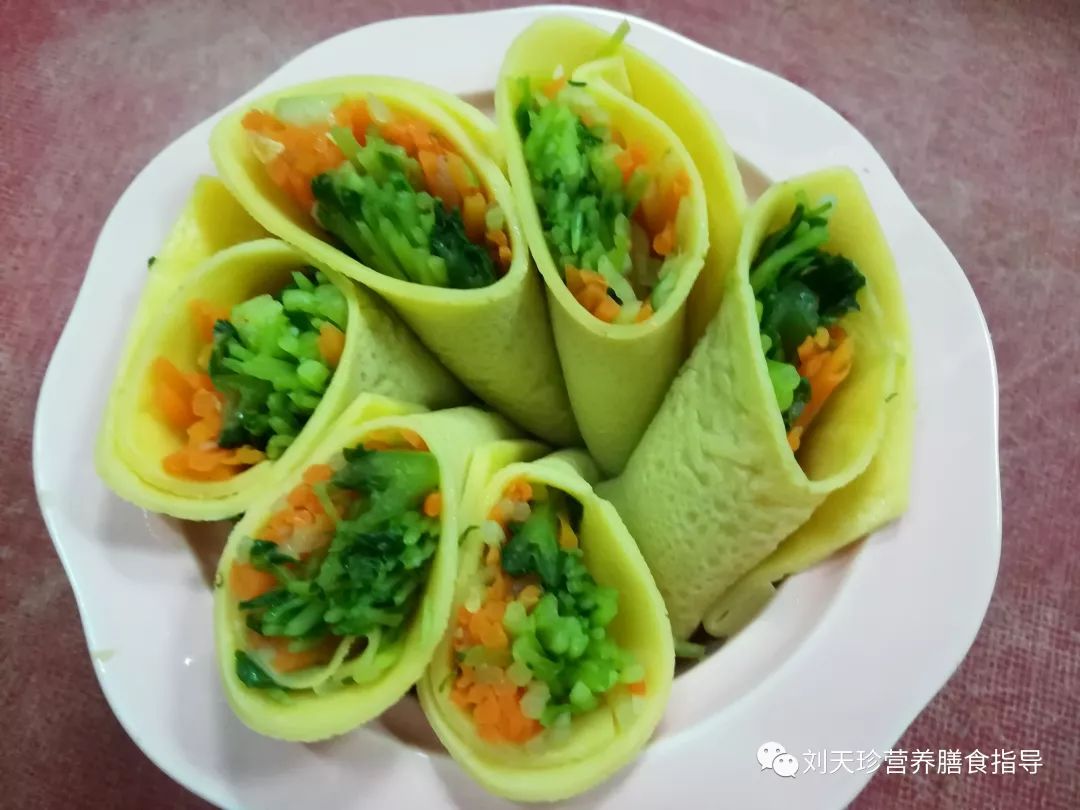
(9) Te Bing Constitution (Allergic Constitution)
This constitution is characterized by a specific body type formed on a genetic basis, with heightened reactivity to external factors and reduced physiological adaptability. The sensitivity manifests as individual differences in response to various allergens, with a familial tendency. There is a close relationship between allergic constitution and allergic diseases. Self-assessment: Individuals with this constitution are prone to allergies, experiencing nasal congestion, sneezing, and asthma even without a cold. Psychological traits: Varies based on individual constitution. Dietary recommendations: Consume foods that nourish lung Qi, such as millet, almonds, and tremella. Foods to avoid: Spicy, fishy, and allergenic substances, and minimize exposure to allergens. Te Bing individuals exhibit allergic reactions, sneezing, nasal discharge, and asthma, with skin rashes and itching. Genetic predispositions vary among individuals. Strengthening the constitution through exercise can enhance immunity and reduce illness.
